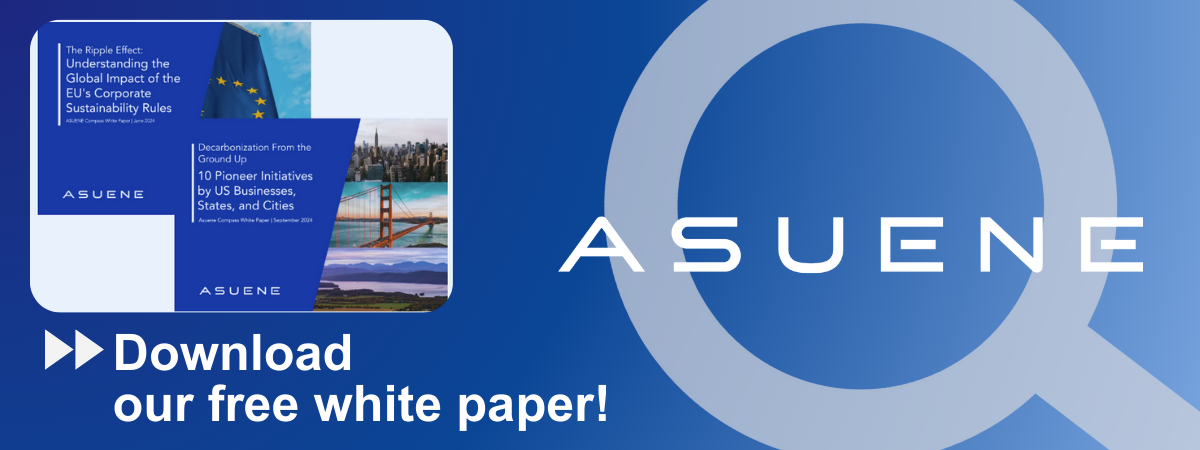- Article Summary
-
Overview
The Taskforce on Nature-related Financial Disclosures (TNFD) emerges at a critical moment when biodiversity and ecosystem services are declining at alarming rates. With over 50% of global GDP dependent on nature, the need for financial systems to account for nature-related risks and opportunities is urgent. While climate-focused disclosures have become mainstream through the Task Force on Climate-related Financial Disclosures (TCFD), TNFD expands the frontier to include nature, aiming to catalyze a shift towards nature-positive outcomes. This article explores TNFD’s structure, the external drivers behind its formation, how it compares with TCFD, and the regulatory frameworks in the EU, UK, and USA.
Background: The External Environment Driving TNFD
Biodiversity is in crisis:
- Wild vertebrate populations have dropped by ~73% between 1970 and 2020.
- A 75% decline in flying insects over 27 years.
- In the US, beetle populations fell by 83% in 45 years.
These losses have dire implications for pollination, soil health, water purification, and climate regulation: ecosystem services essential for life and business continuity. 55% of global GDP, equivalent to about USD 58 trillion, is moderately or highly dependent on nature (WEF, 2020).
Timeline: Key Milestones in TNFD Development
The development of TNFD followed a structured, multi-year process, marked by international collaboration and iterative feedback. It moved from concept to official launch within a year, quickly aligning with major global biodiversity goals. Below is a summary of the major milestones that shaped TNFD into a leading nature-related disclosure framework.

As of 2025, TNFD has been adopted or piloted by over 500 companies and 129 financial institutions, representing $17.7 trillion in assets (TNFD, 2024).
TNFD vs TCFD: Comparative Analysis
TNFD and TCFD share a similar structural foundation, but they differ significantly in scope, purpose, and stakeholder focus. While TCFD is centered on climate-related financial disclosures using a single materiality lens, TNFD expands this to cover nature-related impacts and introduces double materiality. The table below highlights the key distinctions between the two frameworks.
| Feature | TNFD | TCFD |
| Founded | 2020 (Announced), 2021 (Launched) | 2015 by Financial Stability Board (FSB) |
| Scope | Nature-related risks, dependencies, and impacts | Climate-related risks and opportunities |
| Materiality | Double materiality: impact on nature & financial materiality | Single materiality: financial materiality only |
| Pillars | Governance, Strategy, Risk Management, Metrics & Targets | Governance, Strategy, Risk Management, Metrics & Targets |
| Methodology | LEAP: Locate, Evaluate, Assess, Prepare | Risk scenario analysis, transition/physical risks |
| Core Objective | Direct capital flows toward nature-positive outcomes | Improve disclosure of climate-related financial risk |
| Current Adoption | 500+ organizations (2024) | 4,000+ organizations (2022) |
Regulatory Landscape: EU, UK, & USA
European Union
The Corporate Sustainability Reporting Directive (CSRD), effective January 2024, mandates nature and biodiversity disclosures. Reporting must follow European Sustainability Reporting Standards (ESRS), which are mapped to TNFD guidance. The EU is also a key backer of the Kunming-Montreal Framework, supporting alignment with global biodiversity goals.
United Kingdom
The UK government has expressed strong support for nature-positive finance and has integrated TNFD into its Green Finance Strategy. Legal developments are progressing as well: a landmark legal opinion in 2024 established that UK company directors may have fiduciary duties to consider biodiversity-related risks. The UK Transition Plan Taskforce (TPT) is also exploring TNFD-aligned frameworks as part of broader sustainability disclosures.
United States
There is currently no formal TNFD mandate. However, regulators such as the SEC and CFPB are exploring integration of biodiversity-related risks into financial disclosures. U.S. banks hold approximately $1.7 trillion in loans tied to nature-dependent sectors, encouraging TNFD-aligned assessments. A growing number of private firms and institutional investors are voluntarily piloting TNFD.

Conclusion: Toward Nature-Positive Finance
TNFD is more than just a disclosure framework—it’s a signal of a major paradigm shift in sustainability and financial stewardship. While it builds on the foundation laid by TCFD, TNFD broadens the lens to encompass the full spectrum of ecosystem dependencies and impacts. Its adoption in Europe is accelerating under legal mandates, and the United States is moving steadily via market-led momentum. As biodiversity risk becomes more financially material, TNFD will likely become a central pillar in corporate and investor ESG strategies.
Businesses, investors, and policymakers must embrace TNFD not just for compliance, but to future-proof their operations and contribute meaningfully to a nature-positive global economy by 2030 and beyond.
Why Work with ASUENE Inc.?
Asuene is a key player in carbon accounting, offering a comprehensive platform that measures, reduces, and reports emissions, including Scope 1-3, with expertise in decarbonization. Asuene serves over 10,000 clients worldwide, providing an all-in-one solution that integrates GHG accounting, ESG supply chain management, a Carbon Credit exchange platform, and third-party verification.
ASUENE supports companies in achieving net-zero goals through advanced technology, consulting services, and an extensive network.


